This week, arborist and horticulturist, Tom Stapleton, shares his perspective on the fascinating and mysterious ghosts of the redwood forest…the albino redwoods! By studying these rare trees, he hopes to learn if climate causes albinism and aid in the protection and conservation of genetically unique redwoods.
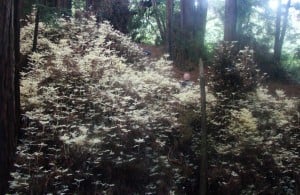
I am on a quest with botany undergraduate Zane Moore to find all the locations of albino redwoods. From searching deep in the forest to backyard suburban setting, we have traveled hundreds of miles to search out and try to solve the mystery of what causes albinism in one of California’s most famous trees. Albinism, which makes normal foliage appear white, is caused by a genetic mutation that is not yet fully understood. By carefully documenting each location, we are trying to determine if geography and climate are playing a role to cause this rare phenomenon.
Interestingly, they’ve discovered that albinism comes in many different forms and is not just exclusively white. Rare variegated albinos have been found growing in beautiful mosaic colors of green and white, while others display brilliant yellow foliage like the color of an egg yolk. Albinos can be found growing at the base of parent redwood trees or high up on a branch. So far to date, we have documented 135 different albino redwood sites and continue to add more. Some locations have been found over 100 miles away from the coast which is extraordinary.
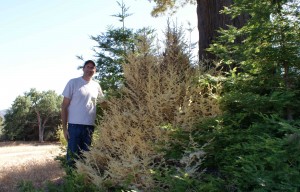
Emerging Patterns
As the data is analyzed, different albino types have been found growing in particular regions, while others seem random. Some forms appear rarer than others. More research and exploring will need to be done to fully understand their distribution.
Protecting Albinos
The vast majority of albinos found are on private land. With this said, we have been working with land owners to educate them about how rare these trees are and how to protect them. When visiting a site, special care is used so as not to disturb the albinos. In most instances, only pictures are taken, but on rare occasions samples have been collected with permission for further analysis. Because albino redwoods are fragile, every effort is made to tread lightly.
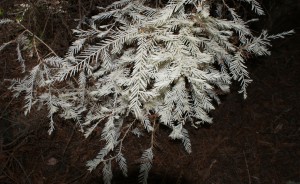
Get Involved
If you have an albino redwood location that you would like to include in the study, please feel free to contact Tom & Zane at albinoredwoods@gmail.com The location of the tree(s) will not be disclosed and will be kept confidential.

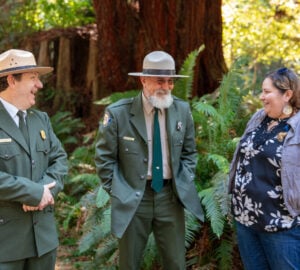
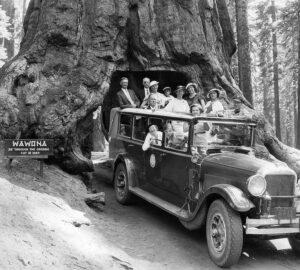
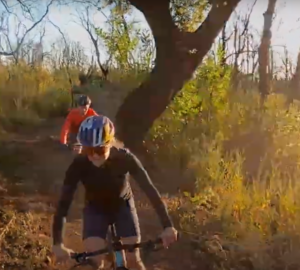
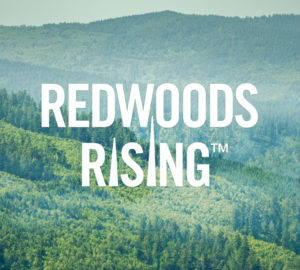
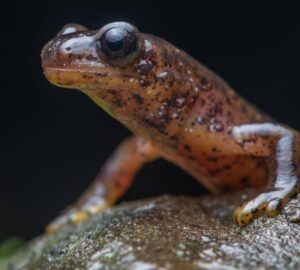
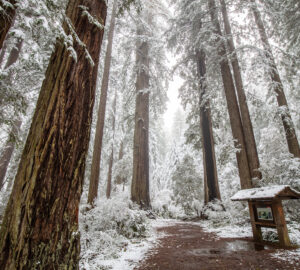
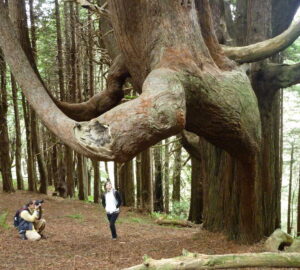
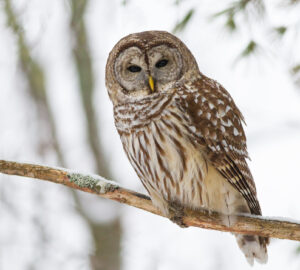
2 Responses to “A Perspective on Albino Redwoods”
Kirsten Stember
We have two Albino redwoods at the Santa Lucia Preserve.
patsijean
The albino Redwood is very beautiful.